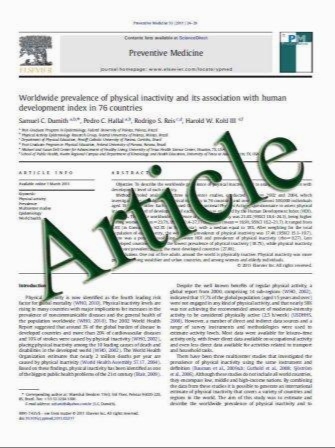Measuring macular pigment optical density in vivo: a review of techniques
- نوع فایل : کتاب
- زبان : انگلیسی
- مؤلف : Olivia Howells & Frank Eperjesi & Hannah Bartlett
- چاپ و سال / کشور: 2010
Description
Background Macular pigment has been the focus of much attention in recent years, as a potential modifiable risk factor for age-related macular degeneration. This interest has been heightened by the ability to measure macular pigment optical density (MPOD) in vivo. Method A systematic literature search was undertaken to identify all available papers that have used in vivo MPOD techniques. The papers were reviewed, and all relevant information was incorporated into this article. Results Measurement of MPOD is achievable with a wide range of techniques, which are typically categorized into one of two groups: psychophysical (requiring a response from the subject) or objective (requiring minimal input from the subject). The psychophysical methods include heterochromatic flicker photometry and minimum motion photometry. The objective methods include fundus reflectometry, fundus autofluorescence, resonance Raman spectroscopy and visual evoked potentials. Even within the individual techniques, there is often much variation in how data is obtained and processed. Conclusion This review comprehensively details the procedure, instrumentation, assumptions, validity and reliability of each MPOD measurement technique currently available, along with their respective advantages and disadvantages. This leads us to conclude that development of a commercial instrument, based on fundus reflectometry or fundus autofluorescence, would be beneficial to macular pigment research and would support MPOD screening in a clinical setting.
Graefes Arch Clin Exp Ophthalmol (2011) 249:315–347 DOI 10.1007/s00417-010-1577-5 Received: 9 July 2010 / Revised: 4 November 2010 / Accepted: 15 November 2010 / Published online: 8 January 2011


